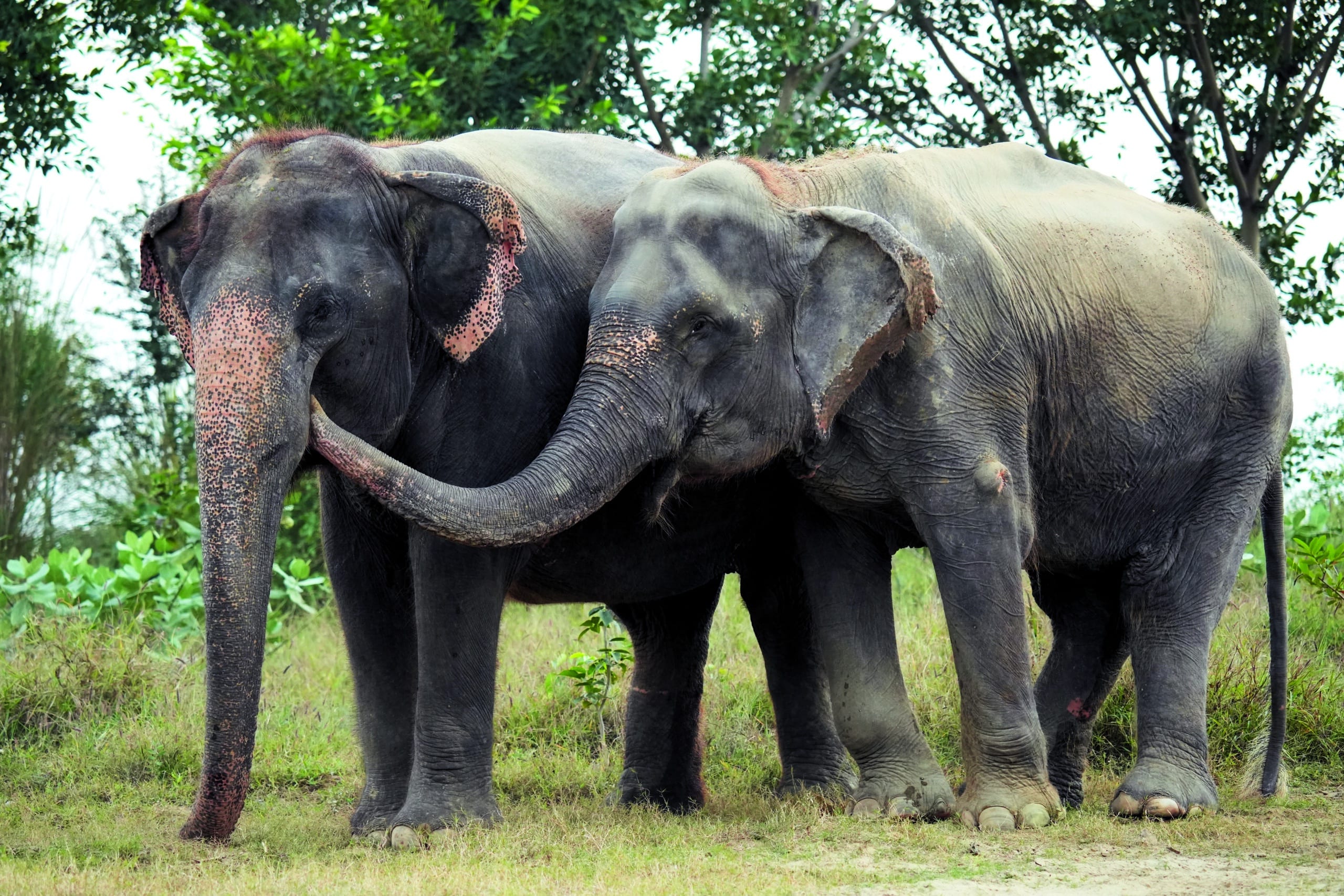You might remember Kalpana—I am happy to report that this year she celebrates her fifth rescue anniversary at Wildlife SOS. Formerly exploited and abused as a ‘begging’ elephant in Uttar Pradesh, Kalpana was rescued in 2019 and brought to the Wildlife SOS Elephant Hospital Campus (EHC) in Mathura for comprehensive...
Recently, over 8000 pages of ‘Animal Welfare Incident Reports’ were publicly released that chronicle the horrendous experiences of more than 4000 animals before slaughter. It’s a miserable read, complete with nightmarish photos.
The fact that these are the tick boxes on the incident report form says this suffering is routine and expected:
- ‘Unable to walk on its own by bearing weight on all legs
- Severely emaciated
- Visibly dehydrated
- Blind in both eyes
- Showing visible signs of severe injury or distress
- Suffering from conditions that are likely to increase pain and suffering as a result of the transport process
- Known to be or visually assessed as [being]… within two weeks of parturition’ [birth].
Each report details sick, injured, diseased, blind, or abused animals’ final moments, including:
- a pregnant cow with extensive bruising left in a truck for nearly 9 hours, unable to stand
- trucks showing up to abattoirs with half the animals onboard already dead, one where the journey was 27 hours long
- workers abusing animals by pulling their tails, shooting them, or using electric prodders to the point where they cannot stand
- animals presenting for slaughter with injuries or diseases that would have been present and obvious for many weeks or months prior.
What is the fate, then, for the animals who are the subject of these incident reports? Well, if they’re still alive, the reports show they are prioritised for slaughter or are ‘humanely euthanised’, such as by ‘penetrative bullet (rifle)’.
What do these reports tell us about our animal welfare system in Australia?
Some industry players have framed the reports as a success story, touting them as a small percentage of the animals sent to slaughter, as if somehow highlighting the fact that Australia slaughters hundreds of millions of animals each year makes these incidents better. As Greens Senator Mehreen Faruqi stated, ‘the industrial scale of animal slaughter in Australia cannot be used to minimise the gravity of these incidents’.
It’s also been said that the reports show that the government-industry reporting system is working well. But is it?
Animal Welfare Incident Reports are not usually published. The new Minister for Agriculture, Murray Watt, tabled the 8000 pages in Parliament on 15 September 2022 because Senator Faruqi successfully passed a motion in the senate back in February 2022. The previous government had not complied with the senate’s order to release the reports.
The 8000 pages are heavily redacted, so consumers do not know which businesses were involved, even though some of the reports indicate that the same businesses have been repeat offenders.
Further, these 8000 pages of misery only cover two years; are only written for certain types of abattoirs; are only written when those abattoirs may have infringed a lax welfare standard; and are only those issues that were identified and officially reported on. We all know that in many circumstances reported numbers are rarely an accurate picture of the true scale of a problem.
The reports also don’t cover incidents that have occurred on farms, such as commonplace painful husbandry practices like mulesing.
Moreover, the reports are written by abattoir staff or employees of the federal Department of Agriculture. They are then sent to the state/territory departments of agriculture for actioning, though there’s no requirement that the outcome of those investigations (if an investigation was even done) be fed back to the federal department.
Those investigation activities and outcomes at the state/territory level are also generally not made public. Rather, the data they typically report on is the economic value of livestock production.
This all means that the same departments are simultaneously responsible for promoting profitable meat and livestock industries, while also being the ones to (1) set the standards for the transport and slaughter of livestock animals, and (2) report on and investigate non-compliance within the very industries they promote – that’s just too many conflicting hats to be wearing all at once.
What changes need to happen?
Transparency and integrity were prominent election issues in 2022 and they are sorely needed when it comes to Australia’s animal welfare system.
In terms of these incident reports, we need the federal government to routinely publish them unredacted. States and territory governments must also publicly report on what compliance/enforcement action they take (or don’t take) in response to these incidents.
CCTV needs to be mandatory in all abattoirs, unloading points, and factory farms.
But most of all, we need independence when it comes to standards-setting and compliance-monitoring for animal welfare.
Labor’s election commitments to reinstate the Australian Animal Welfare Strategy and establish an Inspector-General of Animal Welfare need to get underway. Both need to be well-resourced and separate from the Department of Agriculture.
HSI is part of the Australian Alliance for Animals working together to make the system fairer for animals. Read more about the Alliance and the important reforms we’re pushing for here.


